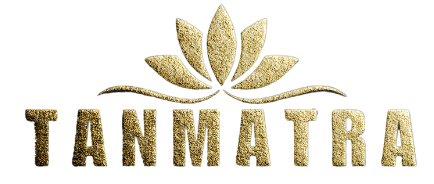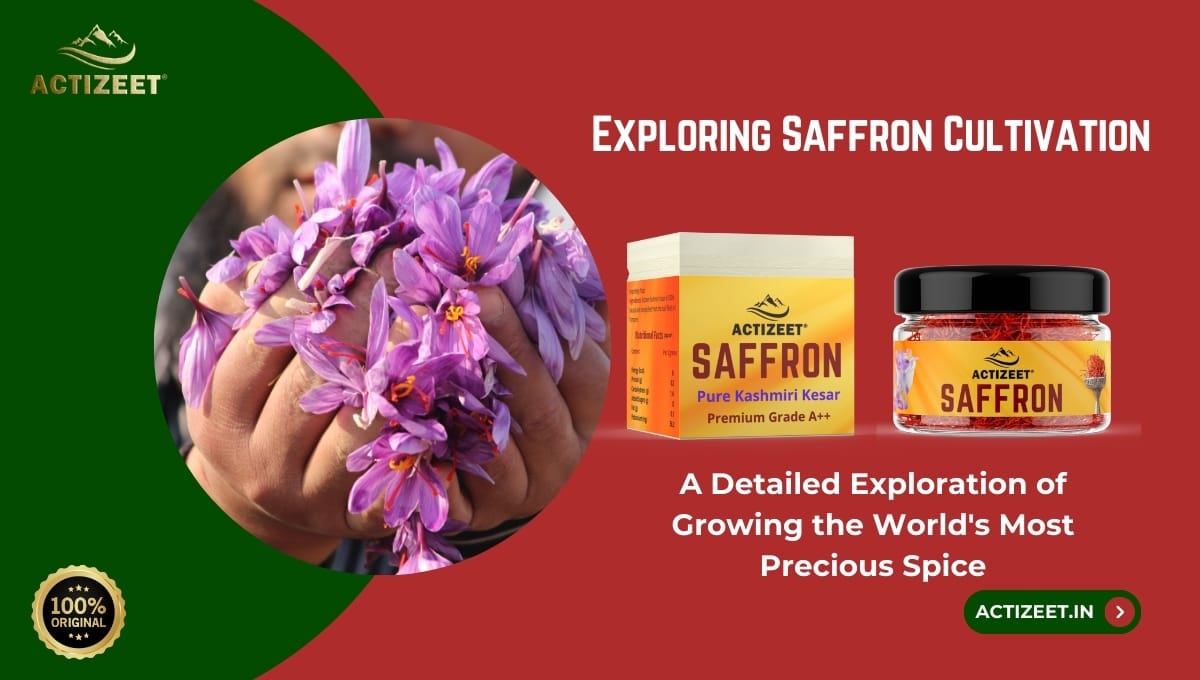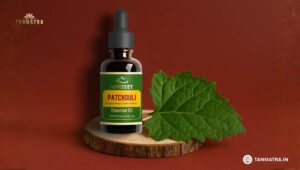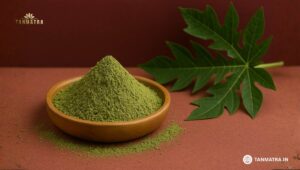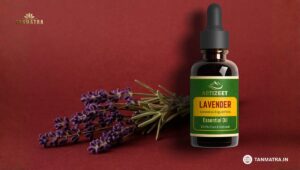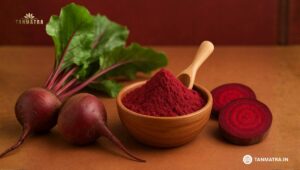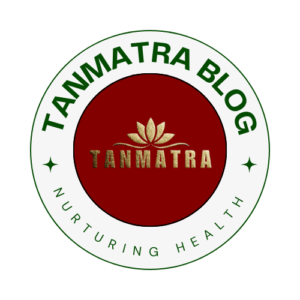Discover the intricate process of saffron cultivation, from planting to harvesting. Learn about the challenges and best practices in growing this precious spice and why ACTIZEET Saffron stands out for quality and sustainability.
Table of Contents
ToggleSaffron, often dubbed the “golden spice,” is derived from the stigma of the Crocus sativus flower. Renowned for its unique flavor, vibrant color, and numerous health benefits, saffron is one of the most valuable spices in the world. The cultivation of saffron is a meticulous and labor-intensive process that requires specific climatic conditions and precise agricultural practices. This article delves into the history, cultivation methods, challenges, and economic significance of saffron, providing valuable insights for those interested in the fascinating journey of growing this precious spice. Additionally, we will highlight why ACTIZEET Saffron is the premier choice for those seeking the highest quality saffron.
Historical Background of Saffron Cultivation
Ancient Beginnings
The cultivation of saffron began over 3,500 years ago in the region historically known as Persia, which is present-day Iran. Ancient civilizations, including the Egyptians, Greeks, and Romans, were among the first to recognize the value of saffron, using it in medicine, cooking, and as a dye. The spice quickly spread along trade routes, becoming a prized commodity in various cultures around the world.
Spread to Europe and Asia
During the medieval period, saffron cultivation expanded to Europe, particularly in regions like Spain, France, and Italy. The town of Saffron Walden in England became a prominent center for saffron cultivation during the 14th century. In Asia, saffron found a significant place in Indian culture, where it was integrated into Ayurvedic medicine and culinary traditions.
The Botany of Crocus Sativus
Plant Characteristics
Crocus sativus, the plant from which saffron is derived, is a perennial herbaceous plant that belongs to the Iridaceae family. It has:
- Flowers: Each plant produces violet flowers with three vivid crimson stigmas, which are the source of saffron threads.
- Corms: The plant grows from corms, which are bulb-like structures that store nutrients and are crucial for the plant’s growth cycle.
- Leaves: Long, slender, grass-like leaves emerge from the corm, typically in late autumn or early winter.
Growth Requirements
Crocus sativus requires specific conditions to thrive:
- Climate: A temperate climate with hot, dry summers and cold winters is ideal. The plant requires a significant temperature range to complete its growth cycle.
- Soil: Well-drained, loamy or sandy soil with a neutral to slightly alkaline pH (6-8) is preferred.
- Watering: Moderate watering is essential. Over-watering can lead to corm rot, while insufficient watering can affect flower production.
Cultivation Process of Saffron
Planting
- Soil Preparation: The soil must be well-tilled and free of weeds. Organic matter or compost can be added to improve soil fertility and structure.
- Corm Selection: Healthy, disease-free corms are selected for planting. Larger corms are preferred as they produce more robust plants and higher yields.
- Planting Depth and Spacing: Corms are planted at a depth of 10-15 cm and spaced 10-20 cm apart to allow sufficient room for growth and nutrient uptake.
Growing Season
- Autumn (Flowering Phase): Planting typically occurs in late summer or early autumn. Flowers begin to emerge about 6-8 weeks after planting.
- Winter (Dormancy Phase): During winter, the plant enters a dormancy phase. The leaves remain green and photosynthesize, storing energy in the corms for the next growth cycle.
- Spring (Vegetative Growth): In spring, the leaves continue to grow, and the corms store nutrients. By late spring, the leaves start to wither, signaling the end of the growing season.
Harvesting
- Flower Picking: Saffron flowers bloom over a 2-3 week period in late autumn. Flowers are picked early in the morning to prevent wilting and ensure maximum freshness.
- Stigma Separation: The crimson stigmas are carefully separated from the flowers by hand. This labor-intensive process requires precision and patience.
- Drying: The separated stigmas are dried to reduce moisture content and preserve their quality. Traditional methods involve drying in the sun or using a controlled environment to ensure uniform drying.
Challenges in Saffron Cultivation
Labor-Intensive Process
The entire process of saffron cultivation, from planting to harvesting, is labor-intensive and requires skilled labor. The delicate nature of the flowers and stigmas means that much of the work must be done by hand.
Climate Sensitivity
Saffron cultivation is highly sensitive to climatic conditions. Unexpected weather changes, such as heavy rainfall or early frost, can significantly impact yield and quality.
Disease and Pests
Crocus sativus is susceptible to several diseases and pests, including corm rot, nematodes, and fungal infections. Effective disease management and pest control practices are essential to maintain healthy crops.
Economic Factors
The high cost of labor and the relatively low yield per plant contribute to the high market price of saffron. Additionally, fluctuations in market demand and competition from synthetic alternatives can impact the profitability of saffron cultivation.
Economic Significance of Saffron
Global Production
Iran is the largest producer of saffron, accounting for approximately 90% of global production. Other significant producers include Spain, India, Greece, and Afghanistan. Each of these regions produces saffron with distinct characteristics influenced by local climate and cultivation practices.
Market Value
Saffron is one of the most expensive spices in the world, often referred to as “red gold.” Its high market value is attributed to the labor-intensive cultivation process, the large number of flowers required to produce a small quantity of saffron, and its numerous applications in culinary, medicinal, and cosmetic industries.
Applications
Saffron is used in a variety of applications, including:
- Culinary: As a flavoring and coloring agent in dishes such as paella, risotto, and biryani.
- Medicinal: In traditional and modern medicine for its antioxidant, anti-inflammatory, and antidepressant properties.
- Cosmetics: In skincare products for its antioxidant and complexion-enhancing benefits.
Why Choose ACTIZEET Saffron?
The quality and purity of saffron significantly impact its flavor, aroma, and health benefits. ACTIZEET Saffron stands out for several reasons:
- Purity: ACTIZEET Saffron is 100% pure, free from additives and artificial substances, ensuring you get the full spectrum of saffron’s benefits.
- Potency: Harvested and processed to preserve its potency, ACTIZEET Saffron contains high concentrations of active compounds like crocin, safranal, and crocetin.
- Sustainability: Sourced from sustainable farms, ACTIZEET Saffron prioritizes environmental health and ethical practices, making it a responsible choice for consumers.
Conclusion
Saffron cultivation is a fascinating and intricate process that has been perfected over centuries. From its ancient origins in Persia to its modern-day applications around the world, saffron remains a valuable and sought-after spice. The labor-intensive nature of its cultivation, coupled with its numerous health benefits and culinary uses, justifies its status as one of the most precious spices in the world.
For those seeking the best quality and benefits, choosing high-quality saffron like ACTIZEET Saffron is essential. ACTIZEET Saffron offers superior purity, potency, and sustainability, ensuring that you experience the full range of benefits that this golden spice has to offer.
Incorporate ACTIZEET Saffron into your daily routine and discover the extraordinary benefits and delightful experience of the finest saffron available. Embrace the rich history and unparalleled quality of ACTIZEET Saffron and transform your culinary and health practices with this remarkable spice.
Saffron
Pure Saffron 4 Grams
₹4,800.00 Original price was: ₹4,800.00.₹2,800.00Current price is: ₹2,800.00.
Related Products
-
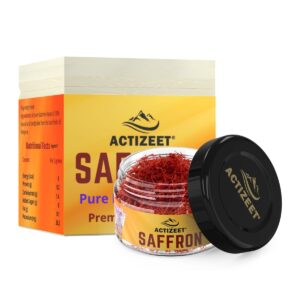 Rated 4.60 out of 5 based on 10 customer ratingsSale!BUY NOW
Rated 4.60 out of 5 based on 10 customer ratingsSale!BUY NOW₹4,800.00Original price was: ₹4,800.00.₹2,800.00Current price is: ₹2,800.00. -
 Rated 4.83 out of 5 based on 6 customer ratingsSale!BUY NOW
Rated 4.83 out of 5 based on 6 customer ratingsSale!BUY NOW₹1,200.00Original price was: ₹1,200.00.₹900.00Current price is: ₹900.00. -
 Rated 4.63 out of 5 based on 8 customer ratingsSale!BUY NOW
Rated 4.63 out of 5 based on 8 customer ratingsSale!BUY NOW₹2,400.00Original price was: ₹2,400.00.₹1,600.00Current price is: ₹1,600.00.
Recent Blog Posts
Patchouli Oil Benefits: The Earthy Elixir for Skin, Hair, and Mind
Discover the powerful Patchouli Oil Benefits for skin, hair, stress relief, and natural healing. Learn why ACTIZEET Patchouli Oil is...
Read MorePapaya Leaf Powder Benefits: Nature’s Secret for Immunity and Vitality
Discover the powerful Papaya Leaf Powder Benefits for immunity, dengue recovery, skin health, and digestion. Learn why ACTIZEET Papaya Leaf...
Read MoreLavender Oil Benefits: Nature’s Calming Elixir for Mind, Skin, and Soul
Discover the amazing Lavender Oil Benefits for relaxation, skin glow, and hair health. Learn why ACTIZEET Lavender Oil is India’s...
Read MoreBeet Root Powder Benefits: The Natural Energy Booster You Need
Discover the amazing Beet Root Powder Benefits for your health, skin, and energy. Learn why ACTIZEET Beet Root Powder is...
Read More